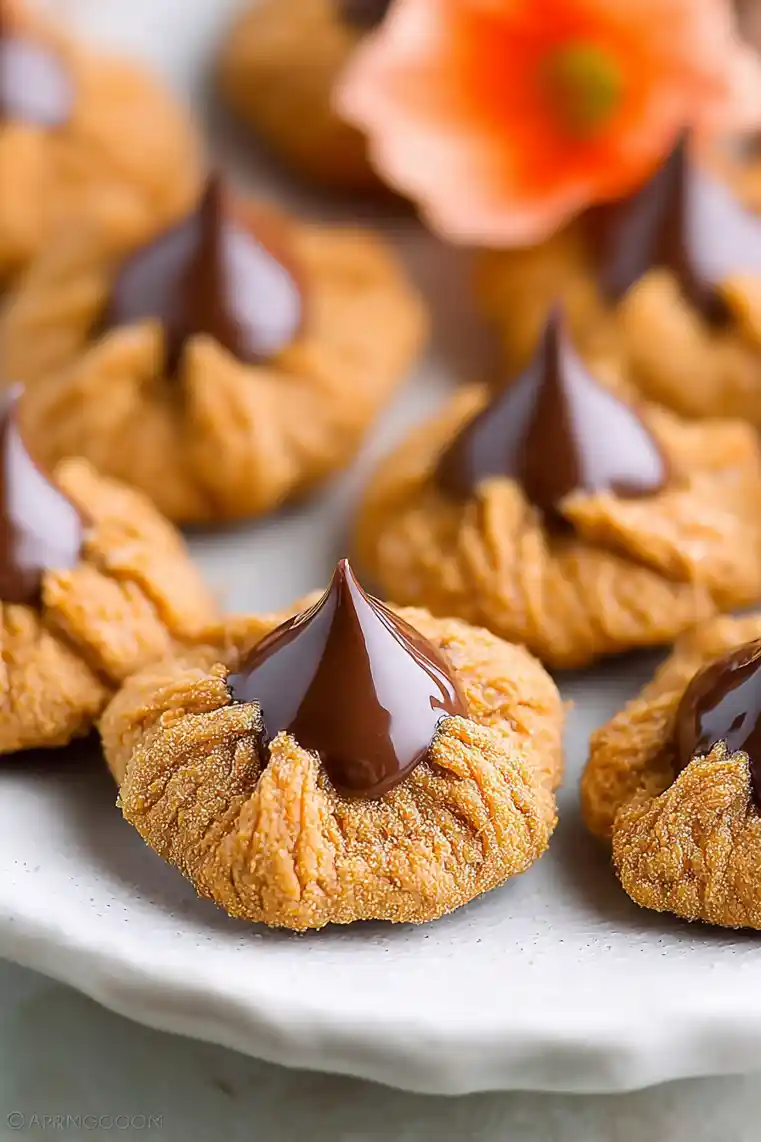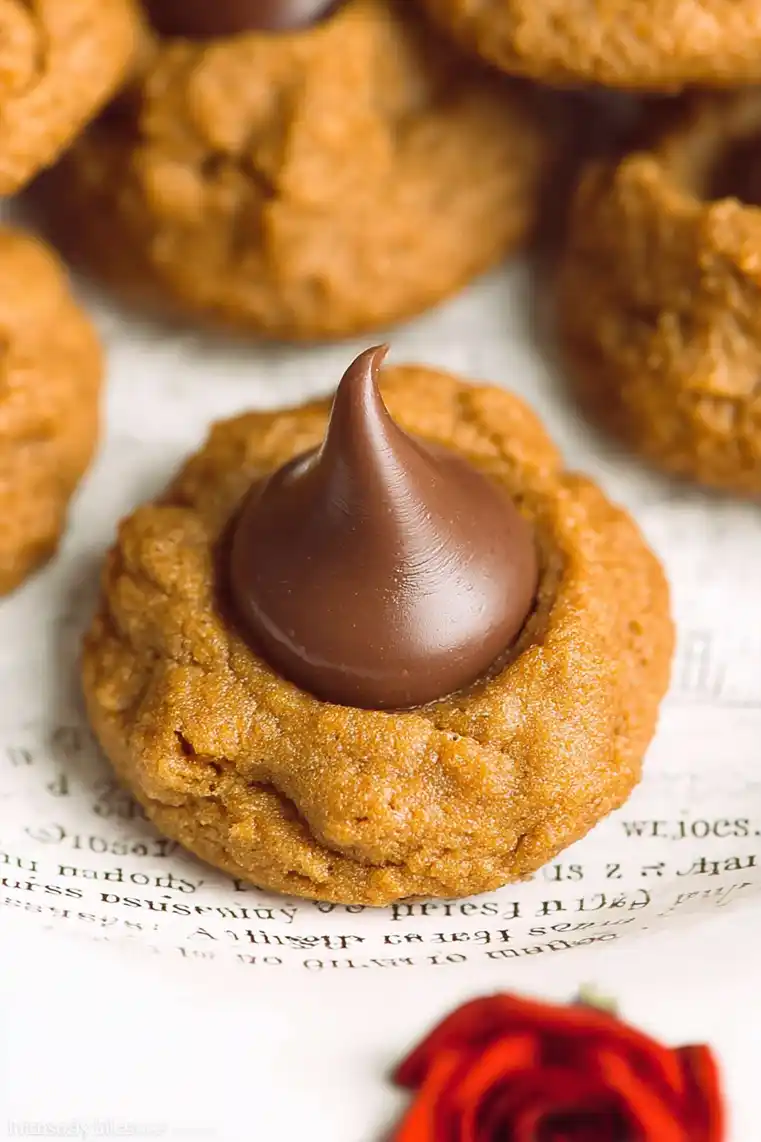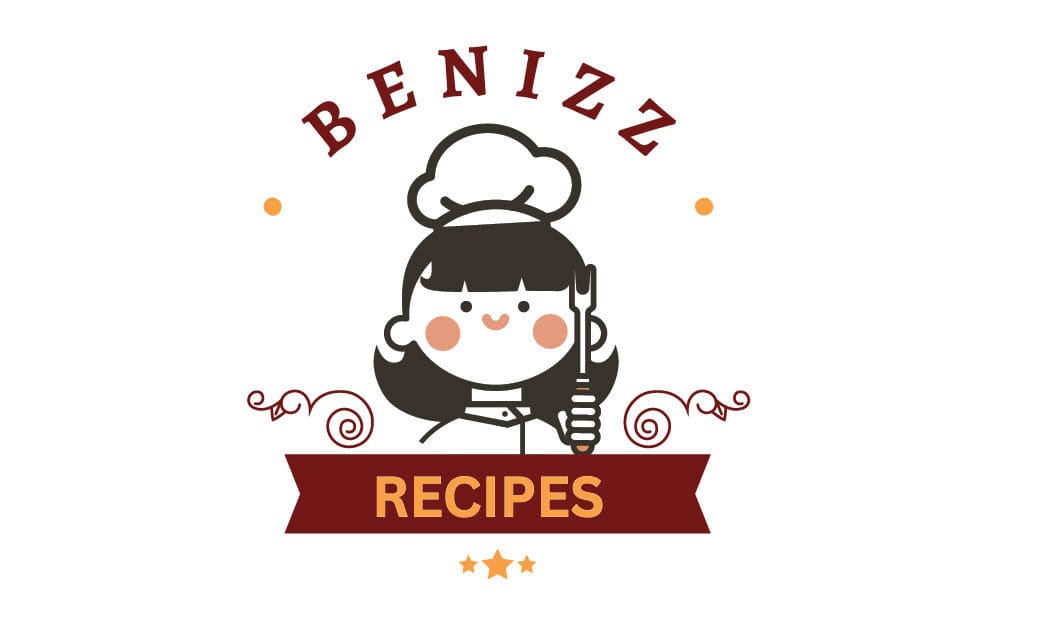The Story Behind Healthy Pumpkin Blossoms
My First Encounter with Pumpkin Blossoms
I still remember the first time I tasted pumpkin blossoms. I was helping my grandmother in her garden just outside Asheville, North Carolina, where pumpkin vines crawled along the edge of the yard. One morning, she plucked a few golden blossoms, dipped them in a light batter, and pan-fried them. I was amazed that something so delicate could hold so much flavor. That memory stuck with me and shaped how I view food—not just as fuel, but as tradition and discovery. Healthy pumpkin blossoms became more than a novelty; they turned into a seasonal treat that connects me to my roots.

let’s connect in pinterest
Why Pumpkin Blossoms Deserve Attention
For many people, pumpkin blossoms feel like an overlooked part of the plant, but they’re packed with goodness. These flowers are rich in vitamins A and C, plus minerals like calcium and iron, making them as nourishing as they are beautiful. Cooking with them gives you a chance to use more of the plant and reduce waste. Whether you’re frying them, stuffing them with cheese, or adding them to soups, they bring freshness and nutrition to your plate. That’s the charm of healthy pumpkin blossoms—they’re versatile, healthy, and deeply tied to gardening traditions that encourage us to use every edible gift from the earth.
Cooking with Pumpkin Blossoms
Ways to Enjoy Pumpkin Blossoms in the Kitchen
Pumpkin blossoms shine in the kitchen because they adapt to so many cooking styles. Some of the most popular methods include stuffing them with cheese, dipping them in light batter, or folding them into soups and stews. Their mild, slightly sweet flavor pairs beautifully with seasonal vegetables. For those who enjoy baking, blossoms can even add flair as an edible garnish to breads like this pumpkin banana loaf that already celebrates the warmth of pumpkin flavors. Healthy pumpkin blossoms bring creativity to the table without requiring complicated techniques.
table of contents
Balancing Blossoms with Other Recipes
If you’ve ever worried that using blossoms feels too delicate or unusual, pair them with familiar dishes. For example, serve fried blossoms alongside hearty fall soups, or use them as a fresh topping on pasta. They’re also a smart way to add nutrition to meals that lean sweet. Imagine offering blossoms with a dessert spread that includes something fun like muddy buddies. The blossoms keep your table colorful and wholesome, creating balance. With their versatility, pumpkin blossoms help you stretch beyond traditional recipes while still honoring family favorites.
Nutritional Benefits of Pumpkin Blossoms
The Nutritional Value of Pumpkin Blossoms
One of the best reasons to enjoy pumpkin blossoms is their nutrition. These delicate flowers are rich in vitamins A and C, which support eye health and immunity. They also provide small amounts of iron, calcium, and potassium—minerals your body needs for strong bones and steady energy. Low in calories and fat, blossoms fit easily into a balanced diet. Unlike heavier pumpkin treats, blossoms are light and refreshing, making them a great choice for anyone looking to add variety to their meals without overloading on calories.
Blossoms in a Balanced Lifestyle
Pumpkin blossoms can be enjoyed without guilt, but their benefits grow when combined with wholesome eating habits. Pair them with lean proteins, whole grains, and vegetables for satisfying meals. They’re also a clever way to add nutrition to lighter fare. For instance, if you’re serving tea-time desserts like Earl Grey cookies, offering pumpkin blossoms on the side adds a fresh, vitamin-rich bite to balance the sweetness. Healthy pumpkin blossoms prove that eating well doesn’t mean giving up flavor—it just means paying attention to what nature already offers.
Growing Tips and Common Questions About Healthy Pumpkin Blossoms
Growing Healthy Pumpkin Blossoms in Your Garden
If you’ve ever thought about growing your own healthy pumpkin blossoms, the good news is they’re easy to manage with a little care. Pumpkin plants produce two types of flowers—male and female. Male blossoms appear first in large numbers and don’t form fruit, while female blossoms develop into pumpkins. Both types are edible, but if you want pumpkins later, focus on harvesting mostly male flowers. Healthy pumpkin blossoms thrive in warm weather, full sun, and soil that drains well. Watering consistently helps them bloom and stay tender. For the best flavor, pick blossoms in the morning and cook them the same day.
Conclusion
Healthy pumpkin blossoms bring together tradition, nutrition, and creativity. From garden to kitchen, they transform into delicious meals while delivering vitamins A and C, calcium, and iron. Whether stuffed, fried, or added to soups, they show us how to use more of what nature provides. Growing them at home is simple, and cooking with them keeps meals fresh and wholesome. Pair them with classic recipes like pumpkin banana loaf or light snacks, and you’ll find blossoms aren’t just a garnish—they’re a centerpiece of healthy seasonal eating.
About Healthy Pumpkin Blossoms
Are pumpkin flowers healthy to eat?
Yes, they’re packed with nutrients like vitamins A and C, calcium, iron, and potassium. Healthy pumpkin blossoms are both delicious and nutritious.
Why does my pumpkin plant have flowers but no fruit?
Early in the season, only male blossoms appear. Fruit only develops from female flowers, so once those bloom, your plant will start producing pumpkins.
Should I pull the flowers off my pumpkin plant?
You can harvest male blossoms for cooking, but leave some behind to ensure pollination. Picking too many can reduce pumpkin growth.
for more recipes try this recipe caramel apple cheesecake bars recipes

Healthy Pumpkin Blossoms
Ingredients
Equipment
Method
- Gently rinse the blossoms and remove the stamens inside.
- In a bowl, mix ricotta, chopped herbs, salt, and pepper.
- Use a small spoon to gently stuff each blossom with the mixture.
- Optional: Lightly beat an egg and dip each blossom before frying.
- Heat olive oil in a skillet over medium heat.
- Pan-fry the blossoms for 2–3 minutes per side until golden.
- Drain on paper towels and serve warm.
